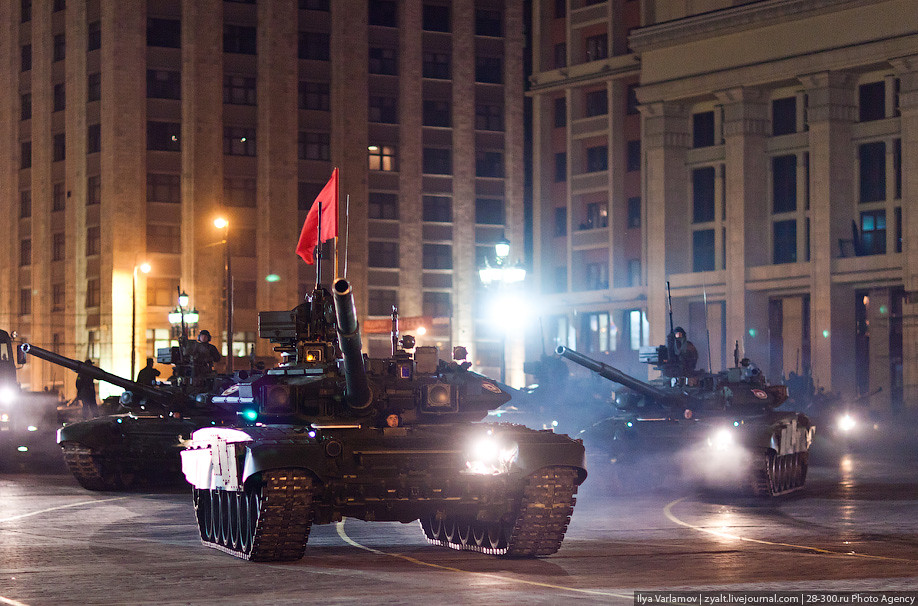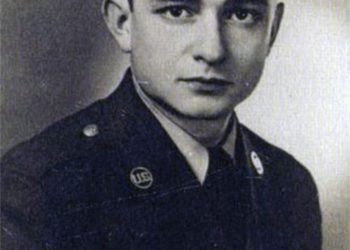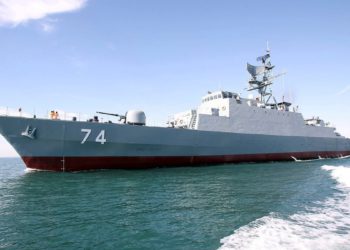Tanks… West vs East.
The internet is full of comparisons between Western and Russian tanks. There is no end to the “which is best” video list on Youtube, pitting American M1 Abrams, German Leopards, and the British Challengers versus the different Russian “T series”.


The confrontation usually continues in the comment sections of those videos where armies of obnoxious fanboys jump at each other’s throat.

So many different factors are at play when one has to decide which tank is “best”… As we have all seen in Syria, Yemen and in Iraq, a bad crew inside a good tank does not achieve much… Strategy, tactics, crew training, the logistic train supporting the tanks off the battlefield and the infantry supporting the tank on the battlefield are all extremely important and can override any flaws or outstanding features on any tank.
For a long time, one of the downside of using a Russian tank was its ammunition size. The Russian autoloaders are usually using 2 pieces ammunition, restricting the length of the penetrator on sabot rounds, and therefore restricting the penetration abilities of said ammunition.
This seems to come at an end as the upcoming T-14 Armata uses a new gun/autoloader combo that enables it to fire the “Vacuum” family of APFSDS rounds that closes the East-West gap in penetrator length.
Protection was earlier an advantage of Soviet models and their composite armour. The advantage then swung toward Western models with the Abrams used as an example: Its Chobham armour with depleted Uranium plates providing this tank with an exceptional level of crew protection. The Uranium plates are supposed to be so dense, they can shatter a sabot/penetrator on impact. Again, the Russians seem to have closed the gap as shown in Syria with T-90A and even older but modernised T-62M shrugging off direct hits from ATGM missiles. In the first 18 months of continuous service with the Syrian army, only 2 T-90A were lost. This included one abandoned by its crew and subsequently recovered by rebel militias. The Russians drew lessons from that conflict to come up with an improved and better-protected variant of the T-72B3 (T-72B3 Obr. 2016) and did the same for the T-90(A) with the new T-90M.
So… who holds the advantage? The answer might be found in the various sights found on modern tanks… The M1A2 SEP sports a Raytheon gunner sights that have a maximum magnification of X50. The latest Russian tanks are equipped with the Sosna-U gunner sights that have a max magnification of X12… Across the board, it seems Western tanks are fitted with better quality thermal imagery, better/more powerful sights and slightly better Fire Control Systems/computers.
What does this mean? Well, if we keep the M1A2 as a comparison, say, with a T-90SM, it seems the crew of the Abrams would be able to detect, identify and accurately engage a T-90SM while on the move at longer range while the crew in the T-90SM might not detect the Abrams on time and might find it difficult to engage it on the move at ranges exceeding 2 to 3 kilometers.
So, which one is the best? Well… Usually, the best tank is the one with the best crew fighting for the side with the best strategy and tactics, with the best logistic train at the back, the best supporting infantry at the front and air support above the battlefield. See what we did, here ?!










